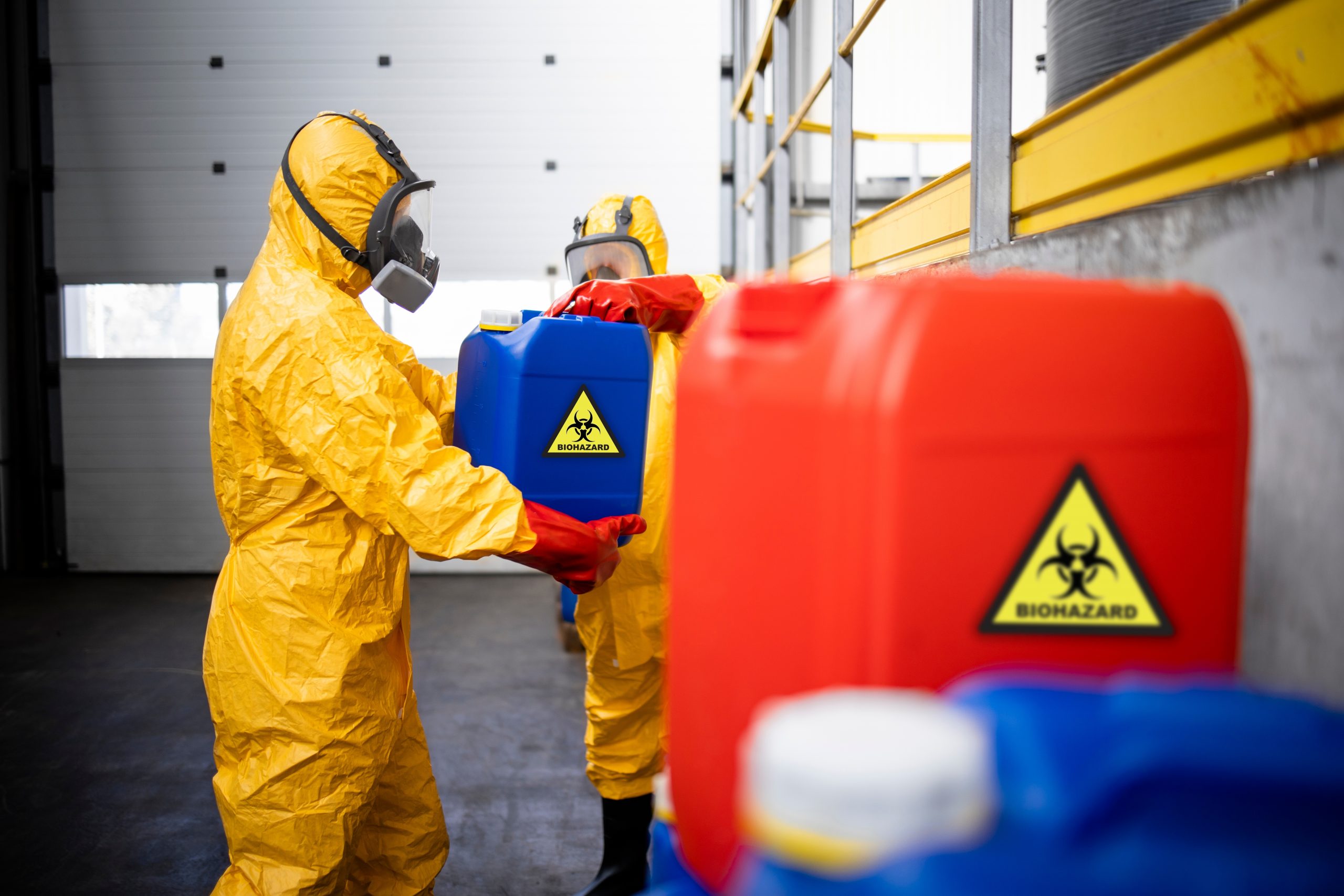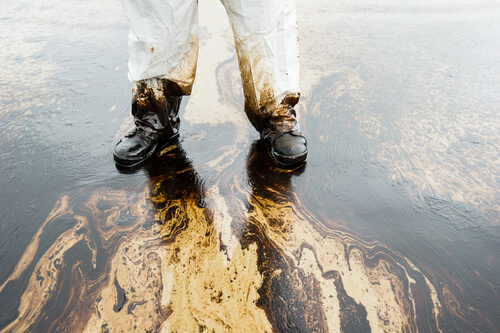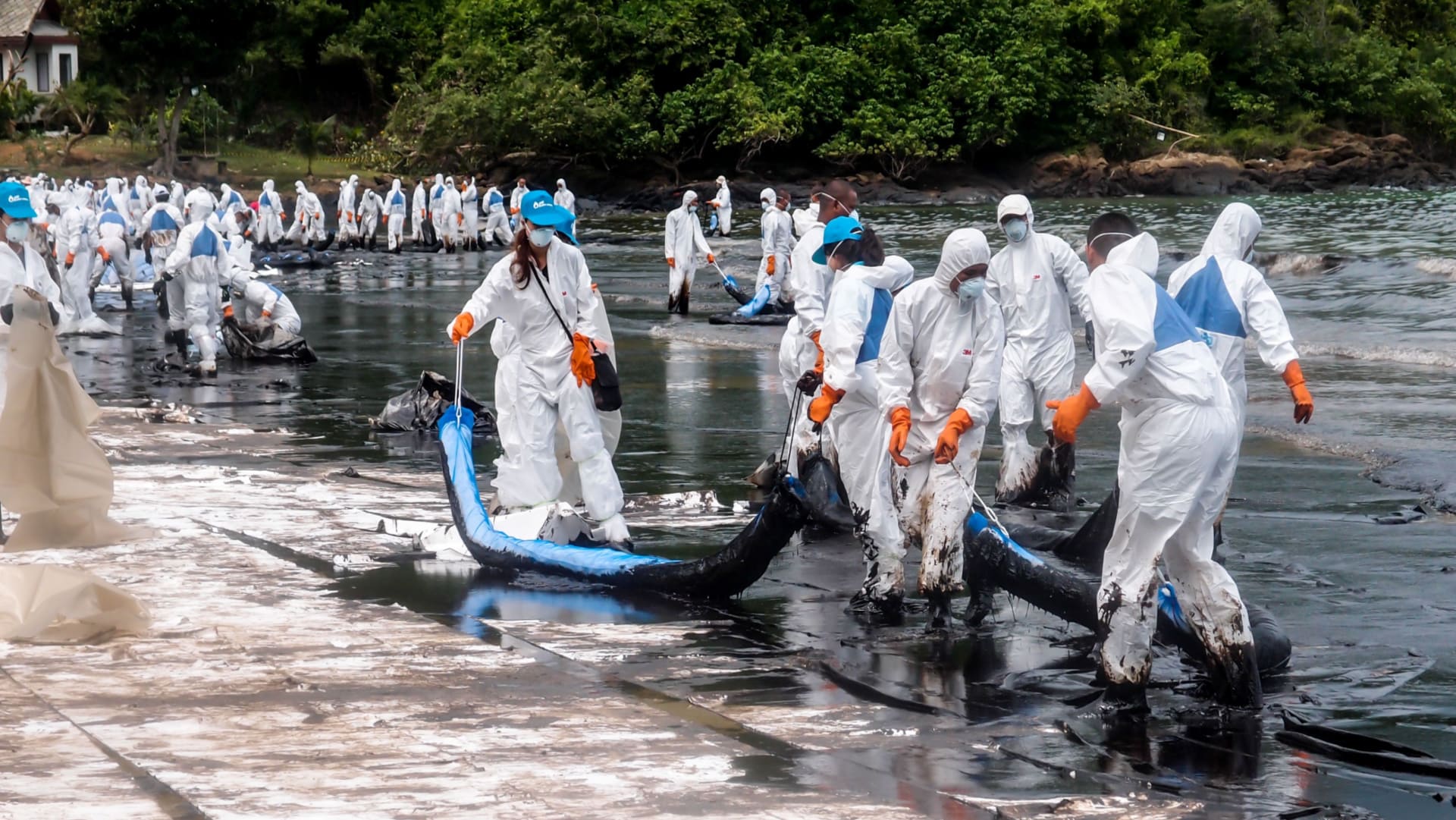How To Dispose Of Hazardous Waste
Hazardous waste disposal is a multifaceted issue that demands careful attention. The mismanagement of these materials can have far-reaching consequences, impacting human health, ecological balance, and regulatory compliance. Understanding the intricacies of hazardous waste generation, its diverse forms, and the potential environmental hazards is crucial for both businesses and individuals.
Why Environmental Waste Management Matters
Environmental waste management, encompassing hazardous waste disposal, is far from a mere formality. It is a fundamental practice that safeguards human health by preventing exposure to toxic substances that can lead to serious illnesses. Moreover, it plays a pivotal role in preserving the delicate balance of ecosystems, protecting soil, water, and air from contamination.
Effective environmental waste disposal also ensures adherence to stringent government regulations designed to protect both people and the planet. Non-compliance can lead to significant financial penalties and legal ramifications. Additionally, certain hazardous waste can be recycled or repurposed, reducing the need to extract new resources and minimizing the overall environmental footprint.
Industries at the Forefront of Hazardous Waste Generation
Hazardous waste is not confined to a single sector. It arises from a wide array of industries. Manufacturing, with its complex chemical processes, metal plating, and electronics assembly, is a significant contributor. The construction industry, through demolition and renovation, can unearth hazardous materials like asbestos, lead-based paint, and contaminated debris. Agriculture relies on pesticides, herbicides, and other chemicals that, if not managed properly, can become hazardous waste.
The healthcare sector generates infectious materials, sharps, and pharmaceutical waste that require specialized handling. Even the automotive industry, with its used motor oil, batteries, antifreeze, and other fluids, contributes to the hazardous waste stream. Beyond these, laboratories, dry cleaners, and numerous other businesses also generate materials that require meticulous disposal.
Unveiling the Diverse Forms of Hazardous Waste
Hazardous waste is not a monolithic entity. It manifests in various forms, each with its unique characteristics and risks:
“Listed waste” encompasses specific substances identified as hazardous by regulatory bodies, such as certain solvents, pesticides, and manufacturing byproducts.
“Characteristic waste” exhibits hazardous traits like ignitability, corrosivity, reactivity, or toxicity.
“Universal waste,” including common items like batteries, fluorescent lamps, and mercury-containing equipment, is subject to streamlined regulations for disposal.
“Mixed waste,” containing both radioactive and hazardous components, necessitates specialized handling due to its complex nature.
The Ripple Effects of Hazardous Waste on the Environment
The improper disposal of hazardous waste can trigger a cascade of environmental consequences. Soil contamination can hinder plant growth, pollute groundwater, and render land unusable. When discharged or spilled, hazardous waste can taint rivers, lakes, and oceans, jeopardizing aquatic life and drinking water sources. Incineration or improper storage can release noxious gases and particles, contributing to air pollution and respiratory problems. Ultimately, the toxic effects of hazardous waste can disrupt entire ecosystems, leading to biodiversity loss and ecological imbalance.
Navigating the Path to Proper Hazardous Waste Disposal
The safe and responsible disposal of hazardous waste involves a systematic approach. It begins with identification — determining if your waste falls under the hazardous category by consulting safety data sheets, labels, and regulatory guidelines. Segregation is paramount, separating hazardous waste from non-hazardous waste to prevent cross-contamination. Proper storage in secure, clearly labeled containers is essential to minimize the risk of spills or leaks.
Should transportation be necessary, strict regulations regarding packaging, labeling, and vehicle requirements must be adhered to. The final step is disposal at authorized facilities equipped to handle various types of hazardous waste in a manner that complies with environmental regulations. It’s crucial to remember where to dispose of hazardous waste: it should never be poured down the drain, discarded on the ground, or placed in regular trash bins.
Partnering with TAS for Specialized Waste Management Solutions
TAS stands as a recognized leader in environmental waste management, offering specialized expertise in hazardous waste disposal. Our team of professionals can assist you in characterizing your waste, and determining the most appropriate disposal methods. We facilitate safe transportation and logistics, ensuring your hazardous materials reach authorized facilities without incident.
Our commitment to compliance guarantees that your waste disposal practices align with all relevant regulations. We also explore opportunities for recycling and recovery, maximizing resource utilization while minimizing environmental impact.
By choosing TAS, you’re not just disposing of waste; you’re embracing a responsible approach to environmental stewardship that safeguards both the planet and your business’s reputation. Contact us today to discover how our comprehensive hazardous waste disposal services can benefit your organization.






